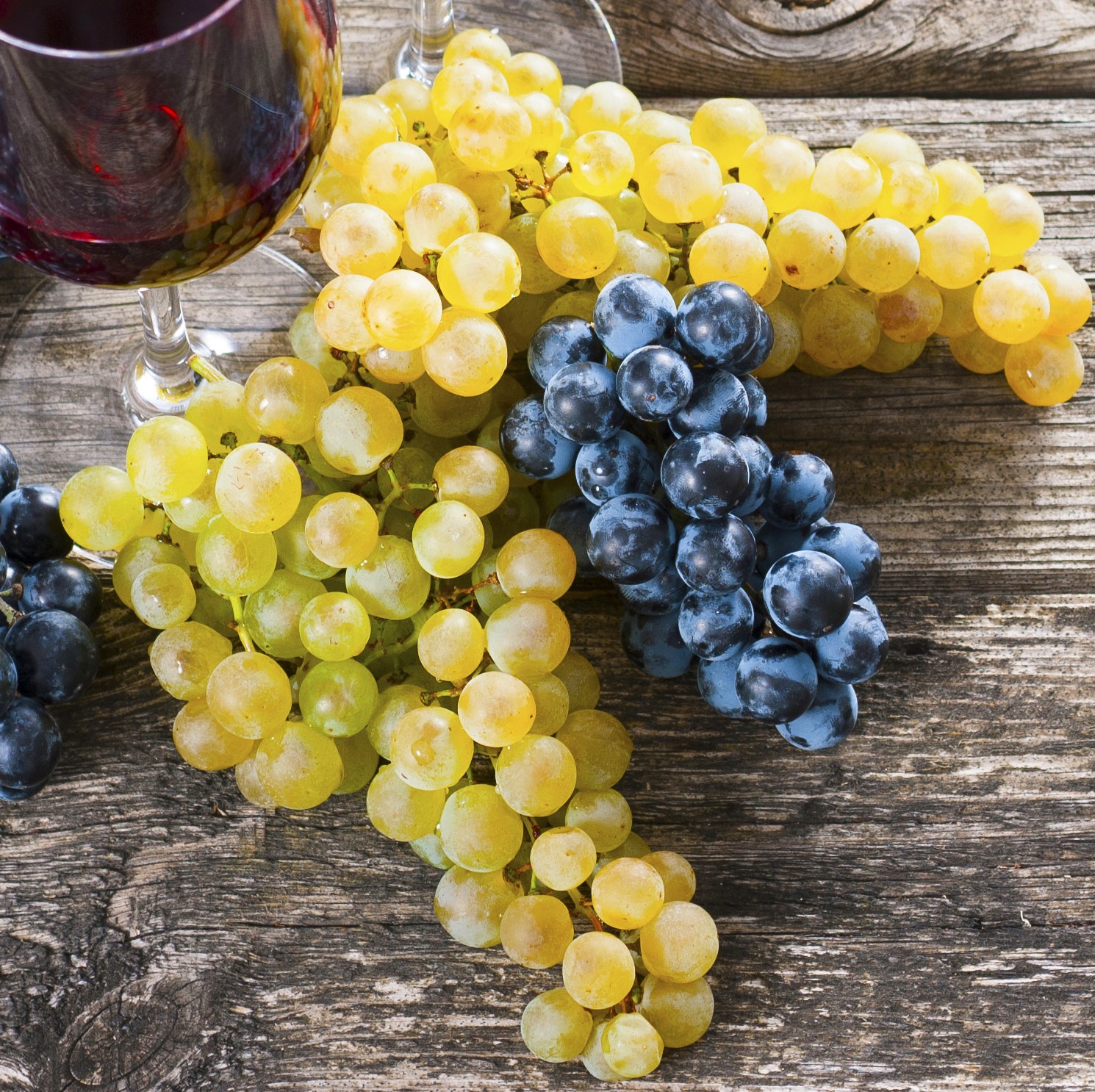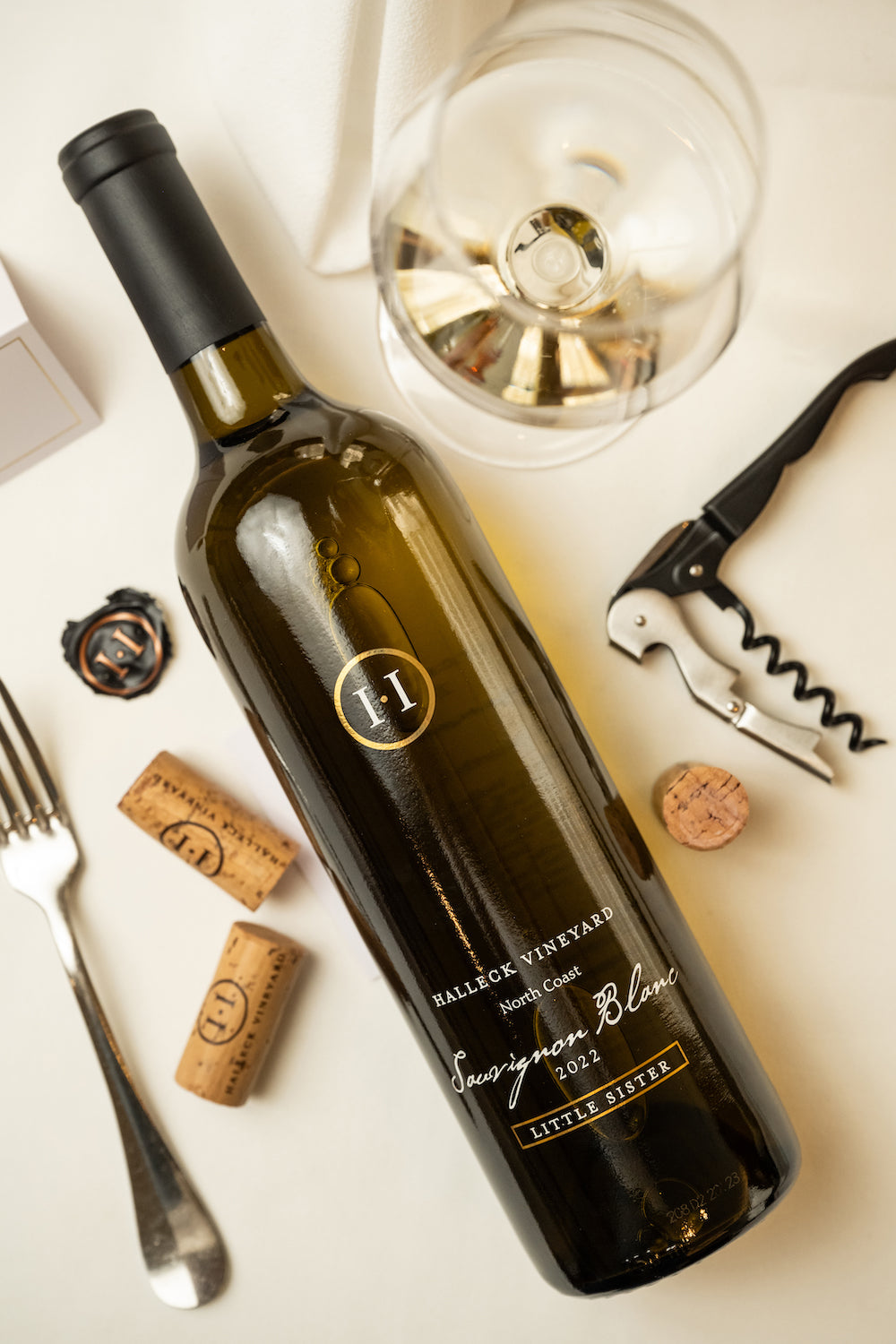Wineries In Green Valley - Sonoma's Finest Wineries
Wine tasting is an art that combines sensory experience with an appreciation for the nuances of various varietals. How to judge flavors in winery wine tasting sessions is pivotal to grasping the complexities of wine.
Engaging in a wine tasting involves greater than merely sipping and savoring. It requires a targeted strategy to establish aromas and flavors that every wine presents. As you start, observe the wine's appearance, noting its shade and clarity. These visible cues usually recommend a wine’s age, grape variety, and even potential flavor profiles.
The subsequent step within the tasting course of is to swirl the wine in your glass. This action releases fragrant compounds which are important for analysis. Lean in and take a second to inhale deeply; the aromas can range from floral and fruity to spicy and earthy. The nose of the wine is simply as necessary because the palate, and recognizing scents plays a significant role in understanding the general experience.
When taking your first sip, permit the wine to move throughout your palate - Hidden Gem Wineries In Sonoma County. Discover the preliminary flavors that present themselves. Is the wine fruity, floral, or maybe herbaceous? This initial taste gives perception into what the wine is likely to specific as you continue to evaluate it. The mouthfeel additionally contributes to the general flavor experience; it can be silky, tannic, or even effervescent.
Wineries Near Santa Rosa - Sonoma Wine Tasting Spots
As you continue tasting, pay attention to the wine’s stability. A well-balanced wine will harmonize acidity, sweetness, and tannins. If one part overwhelms the others, it would indicate a less fascinating high quality. Evaluating steadiness might help you identify how well the wine might pair with food.
Transitioning to the finish, contemplate how the flavors evolve because the wine lingers in your palate. A long, nice finish can indicate a high-quality wine, whereas a brief or abrupt finish might suggest otherwise. Reflect on whether the flavors remain constant or if new notes emerge because the wine settles. This progression can reveal complexities and intricacies that might not have been apparent in the preliminary tasting.
Temperature can be an important consider evaluating wine flavors. Different forms of wine are optimally loved at particular temperatures. White wines usually shine when chilled, while purple wines typically perform best at room temperature. When tasting, ensure the wine is on the acceptable temperature to completely appreciate its character.
Sonoma's Top Sparkling Wine Producers - Top-Rated Wineries In Sebastopol
Pairing food with wine can tremendously improve the tasting experience. Foods can affect the notion of flavors in wine, either highlighting certain traits or diminishing them. When evaluating flavors, think about how the wine interacts with completely different foods, noticing which flavors are amplified or muted (Wine Tasting Tours In Russian River Valley).

Consider the influence of terroir as you engage in a winery tasting. Terroir encompasses the unique environmental components that have an effect on grape growing, including soil composition, local weather, and geography. Understanding a wine's terroir can present insight into its flavors and aromas, fostering a deeper appreciation for the alternatives made throughout its cultivation and manufacturing.
Schooling plays a elementary function in enhancing one's capability to evaluate wine flavors. Learning about grape varieties, wine areas, and production methods can pave the method in which for more informed judgments throughout tastings. Additionally, attending workshops or classes can refine sensory skills and increase your flavor vocabulary, enabling you to articulate tasting notes more effectively.

Finally, it is important to keep in mind that evaluating wine flavors is a highly personal experience. Individual preferences and perceptions will invariably form one’s tasting journey. Enjoyment must be at the forefront, with the evaluation course of performing as a device to boost understanding and appreciation quite than create inflexible pointers.
Eco-Friendly Wineries In Sonoma County - Sonoma Wine Culture
In conclusion, mastering the method to evaluate flavors in winery wine tasting sessions entails a combination of sensory engagement, information, and practice. By studying to identify aromas, assess the steadiness, and respect the intricacies of flavor, wine enthusiasts can deepen their connection to each bottle they encounter. As with any art type, the extra one immerses themselves in the experience, the more they may uncover and benefit from the vast world of wine.
- Begin by observing the wine's shade and clarity, as these visual parts can hint at its flavor profile and growing older potential.
- Swirl the wine gently in your glass; this releases aromatic compounds, permitting you to better determine the advanced scents related to the wine.
- Take a deep inhale earlier than tasting, specializing in each main and secondary aromas to assemble insights on fruits, spices, and different nuances.
- When tasting, enable the wine to coat your palate; note the initial flavors, the mid-palate complexity, and the end as these phases can provide completely different flavor highlights.
- Pay attention to texture and mouthfeel, as features such as tannin levels, acidity, and sweetness contribute considerably to the general tasting experience.
- Compare flavors towards commonplace wine traits; for purple wines, think about berry notes, oak affect, and herbal tones, while whites might embrace citrus, stone fruits, and floral hints.
- Take notes through the tasting session to trace your impressions, serving to you to remember and consider the different wines sampled.
- Talk About your findings with fellow tasters or winery employees, as sharing insights can improve understanding and appreciation of particular person flavors.
- Permit time for the wine to breathe; typically, flavors evolve and reveal new dimensions after being exposed to air.
- Experiment with food pairings through the tasting as they will dramatically alter how flavors are perceived, influencing total enjoyment.undefinedWhat ought to I search for when evaluating the aroma of wine during a tasting?
Begin by swirling the wine in your glass to launch its aromas. Deliver the glass to your nose and take a deep breath. Pay consideration to the first scents you detect, as these are often essentially the most prominent. Look for fruit, floral, herbal, or earthy notes and try to establish particular characteristics, which can deepen your understanding of the wine's complexity.
Wineries Known For Sustainable Practices In Sonoma - Sonoma's Best Vineyards

How can I distinguish between completely different flavor profiles in wine?
Understand that flavor profiles are sometimes categorized as fruit, floral, herbaceous, spicy, or mineral. Take small sips and permit the wine to coat your palate. Notice the first flavors that emerge first and the delicate notes that observe. A guide to Sonoma wineries. This layering is crucial in distinguishing the wine's traits and can help you appreciate its distinctive profile.
Wineries Promoting Wine Club Memberships - Sonoma Wine Tasting Tour
What is the importance of the wine's texture in a tasting?
The texture of the wine, also called mouthfeel, performs a vital position in how we perceive flavors. Pay attention as to if the wine feels clean, creamy, or gritty. The body of the wine (light, medium, or full) can enhance or distinction with flavors, providing a extra rounded experience during tasting.
How do I assess the stability of flavors in wine?
Steadiness in wine refers to the harmony between acidity, sweetness, tannin, and alcohol. Take a second to evaluate whether these parts complement or intervene with each other. A well-balanced wine may have none of its elements overpowering the others, creating a pleasant tasting experience.
Wineries With Estate-Grown Grapes - Iconic Wineries Of Sebastopol
What role does temperature play in evaluating wine flavors?
Temperature can significantly impact the perception of flavors. Usually, purple wines are finest served slightly beneath room temperature, while white wines benefit from being chilled. As the temperature adjustments, the aromas and flavors can shift, permitting you to understand different characteristics. It’s important to taste wine at its optimum temperature for true evaluation.
Popular Wineries With Outdoor Seating In Sonoma - Unforgettable Wine Tastings In Sonoma
How can I improve my tasting skills over time?
Practice is vital to improving your tasting skills. Affordable Wine Tastings In Sonoma County. Attend tastings, keep a journal of your experiences, and discover different varieties of wines to broaden your palate. Additionally, studying about wine production and grape varieties can provide context that enhances your evaluation course of, making you a extra knowledgeable taster.
Is there a selected order by which I ought to taste the wines?
Wineries Ideal For Romantic Getaways - Sonoma Valley Vineyards And Wine Tasting
Yes, it’s advisable to taste wines from light to full-bodied and dry to sweet. This development prevents the stronger flavors from overshadowing the more delicate ones, allowing you to fully appreciate each wine's characteristics and nuances with out palate fatigue.
How can I evaluate the aftertaste of wine?
Wineries With Unique Tasting Experiences - Sebastopol Wineries
The aftertaste, or finish, is an important aspect of the wine-tasting experience. After swallowing, take note of how long the flavors linger on your palate and whether they change. A long, pleasant finish is often an indicator of a high-quality wine, while a short or unpleasant finish might try these out suggest in any other case.
Why is it essential to notice the wine’s acidity during tasting?
Acidity contributes to the overall freshness and structure of the wine. Pay consideration to the tingling sensation on your tongue; higher acidity can enhance the wine's liveliness and steadiness out sweetness. Noting acidity helps decide the wine's versatility with food and its aging potential.
What should I do if I battle to establish particular flavors in wine?
Best Wineries For Sunset Views In Sebastopol - Vines And Views In Sonoma Wine Country
Struggling to identify flavors is frequent, particularly for novices. Focus on broader classes and describe what you'll find a way to acknowledge, corresponding to candy or earthy notes. With practice, reading about completely different flavor profiles, and perhaps using flavor wheels, you will refine your senses and develop a extra nuanced approach to tasting.